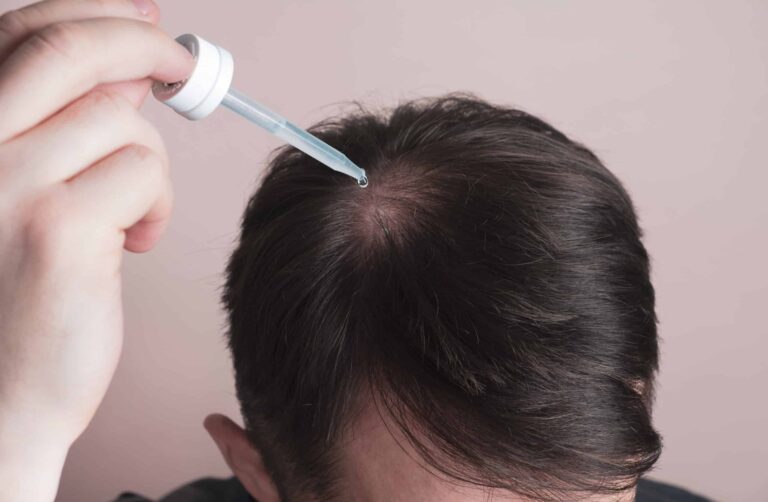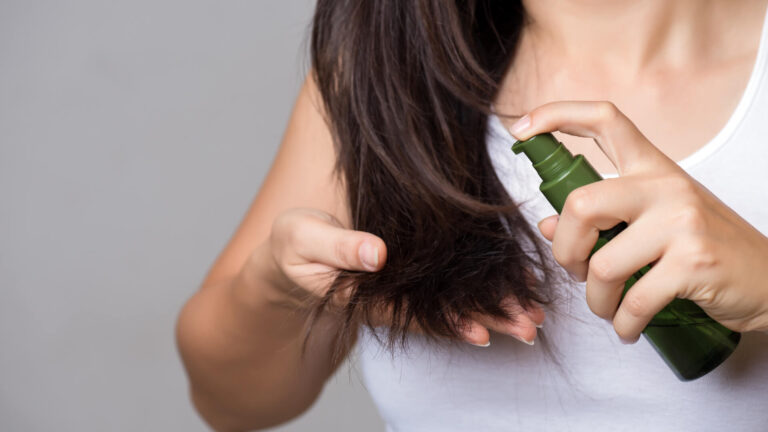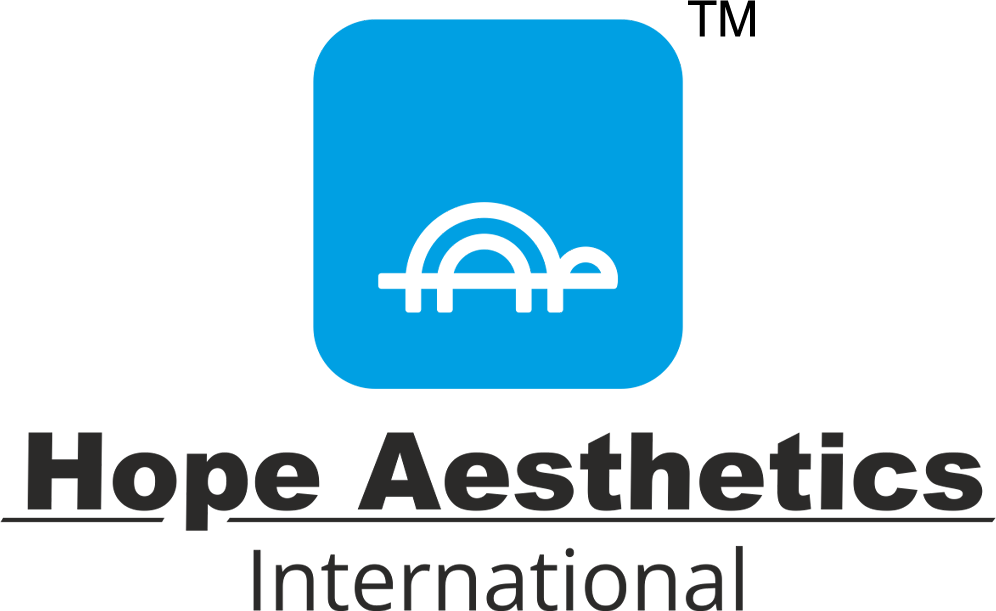What Is Hair Fall Treatment?
Hair fall is a common condition where you lose up to 100 strands of hair per day. Hair loss treatment focuses on diagnosing the cause of hair loss or thinning hair and creating a treatment plan that fits your goals.

How Does It Work?
Usually, you’ll need four to six sessions spaced 4-6 weeks apart, with a few maintenance sessions as required.
Donor Hair Extraction
Follicles are extracted from a donor area using techniques like FUE (Follicular Unit Extraction) to minimize damage and maximize survival rates.
Recipient Site Preparation
Small incisions are made in the mustache area to create optimal sites for follicle implantation.
Follicle Implantation
Extracted follicles are carefully placed into the recipient sites, ensuring natural alignment and growth patterns.
Recovery and Growth
Post-procedure care supports healing and follicle integration. New hair growth typically begins within a few months, with full results visible in 6 to 12 months.
Blood Extraction
Approximately 6 to 8 ml of blood is drawn from your arm.
Centrifugation
The blood is placed in a centrifuge, which spins it at high speed to separate platelet-rich plasma (PRP) from the other components.
PRP Collection
The PRP is collected in a syringe by the doctor.
Scalp Preparation
The affected area of your scalp is cleaned with iodine or alcohol.
PRP Application
The hair transplant surgeon microneedles the PRP over the targeted area of the scalp.

Experience During The Procedure And Post-Procedure
Daily activities like excessive hairstyling, heat tools, tight hairstyles, and harsh chemicals can weaken hair and damage the scalp, leading to increased shedding. Stress, inadequate sleep, and poor diet also disrupt the hair growth cycle. Advanced PRP + therapy, especially when combined with microneedling, uses the body’s regenerative properties to repair and strengthen hair follicles, stimulate regrowth, and improve scalp health for more resilient hair.
Benefits
The Beard Transplant procedure involves several key steps to ensure a successful outcome:
No Scarring
The procedure does not result in scarring.
Safe
Uses your own blood cells, ensuring safety.
Minimally Unpleasant
Considered the least unpleasant among hair restoration methods.
Increases Hair Growth
Stimulates blood flow to the scalp’s hair follicles.
Cost-Effective
Generally less expensive than alternative treatments.
No Scarring
The procedure does not result in scarring.
Safe
Uses your own blood cells, ensuring safety.
Minimally Unpleasant
Considered the least unpleasant among hair restoration methods.
Increases Hair Growth
Stimulates blood flow to the scalp’s hair follicles.
Cost-Effective
Generally less expensive than alternative treatments.


